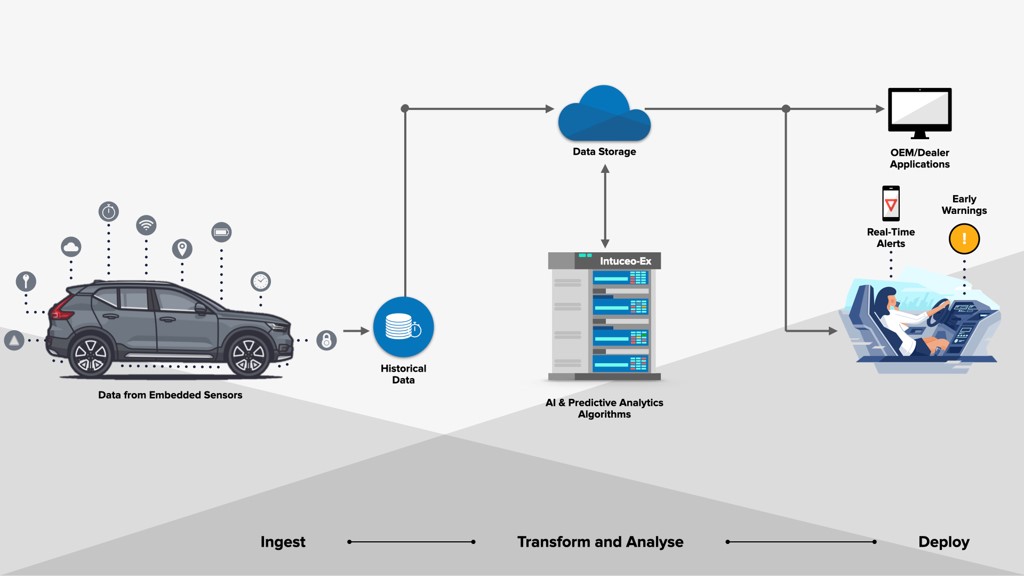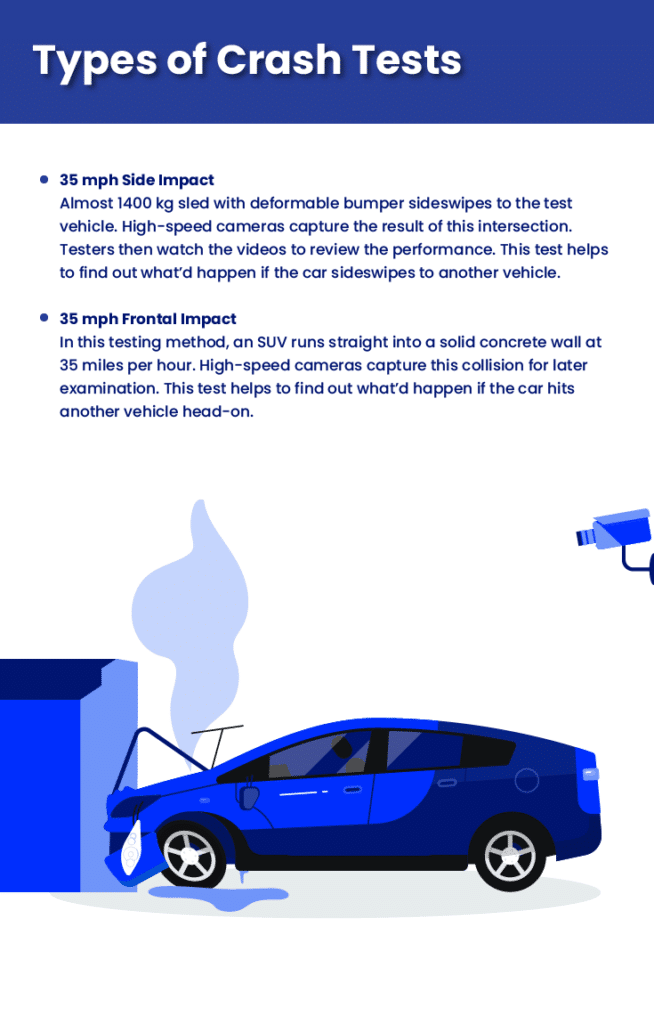Introduction
The automotive industry is undergoing a transformative shift, and AI is at the forefront of this revolution. Gone are the days when vehicle maintenance relied solely on routine check-ups and scheduled replacements. With the advent of AI-driven predictive maintenance, the industry is witnessing a paradigm shift towards more efficient, cost-effective, and reliable maintenance practices.
What is Predictive Maintenance?
Predictive maintenance is a proactive approach to vehicle maintenance that leverages data and AI algorithms to predict when components or systems are likely to fail. This allows vehicle owners and fleet managers to address issues before they become critical, reducing downtime, preventing costly breakdowns, and extending the lifespan of vehicles.
The Data-Driven Advantage
The key to successful predictive maintenance is data—lots of it. Modern vehicles are equipped with sensors and telematics systems that collect a wealth of information about their performance, including engine temperature, oil pressure, tire pressure, fuel consumption, and more. AI algorithms analyze this data in real-time to detect anomalies and identify patterns that indicate potential issues.
Early Detection of Problems
One of the primary benefits of AI-driven predictive maintenance is the early detection of problems. Traditional maintenance schedules often involve replacing parts based on predetermined intervals, regardless of their actual condition. This approach can result in unnecessary part replacements and expenses.
With AI, vehicles can communicate their real-time status, allowing for a more accurate assessment of component health. If an AI algorithm detects a drop in oil pressure, for example, it can trigger a maintenance alert, prompting the owner or fleet manager to address the issue promptly. This early detection not only saves money but also enhances safety.
Reducing Downtime
Downtime is the enemy of productivity, especially for commercial vehicle fleets. When a truck breaks down unexpectedly, it can disrupt schedules, delay deliveries, and incur significant costs. Predictive maintenance minimizes downtime by preventing breakdowns before they happen.
Imagine a delivery truck that’s part of a large fleet. AI monitoring systems can track the wear and tear on its components and predict when a part is likely to fail. Rather than waiting for the truck to break down on the highway, the maintenance team can schedule a proactive repair during a downtime window, ensuring minimal disruption to operations.
Cost Savings
Predictive maintenance is not only about preventing catastrophic failures but also about optimizing maintenance costs. By replacing components when they are genuinely worn out rather than on a fixed schedule, vehicle owners can reduce the overall maintenance budget.
Moreover, AI can help identify the most cost-effective maintenance strategies. It can prioritize maintenance tasks based on urgency, ensuring that resources are allocated where they are needed most. This strategic approach to maintenance results in substantial cost savings over time.
Enhancing Safety
Safety is paramount when it comes to vehicles, whether they are personal cars or commercial trucks. Predictive maintenance plays a significant role in ensuring the safety of drivers, passengers, and other road users.
AI algorithms can detect issues that may compromise safety, such as brake system malfunctions or tire wear that exceeds safe limits. By addressing these concerns proactively, predictive maintenance contributes to safer roads and reduces the risk of accidents caused by mechanical failures.
The Road Ahead
As AI technology continues to evolve, so will its role in predictive maintenance for vehicles. We can expect even more advanced algorithms, improved data collection methods, and seamless integration with vehicle systems.
Moreover, the application of AI in vehicle maintenance is not limited to individual owners or commercial fleets. It extends to entire smart cities and transportation networks. Smart cities can leverage AI to monitor and maintain public transportation systems, ensuring efficient and reliable services for residents.
In conclusion, AI has emerged as a game-changer in the field of vehicle maintenance. Its ability to predict and prevent issues, reduce downtime, save costs, and enhance safety makes it an indispensable tool for vehicle owners, fleet managers, and the automotive industry as a whole. With AI-driven predictive maintenance, our vehicles are not only becoming more reliable but also contributing to a more sustainable and efficient transportation ecosystem. The road ahead is indeed exciting, as AI continues to drive innovation in vehicle maintenance, ultimately benefiting us all.





